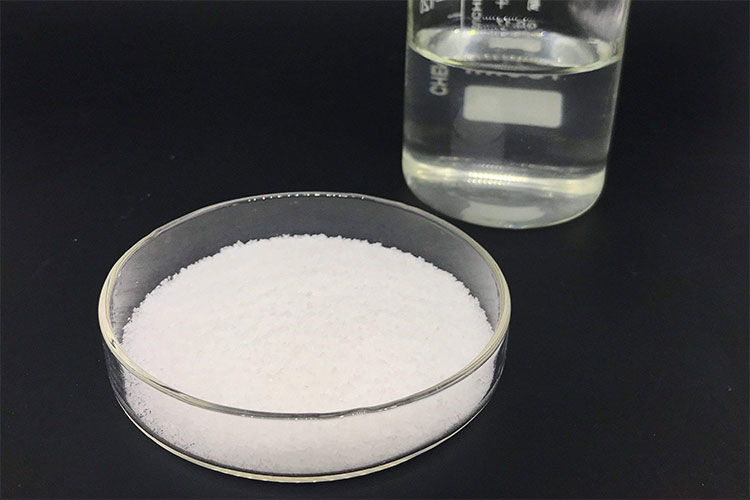
The degree of hydrolysis of amide group in high purity polyacrylamide is called the degree of hydrolysis of PAM, that is, the degree of anion. This kind of PAM is inconvenient to use, poor function (molecular weight and function of PAM will be significantly reduced after heating hydrolysis), and has been rarely used since the 1980s. Modern production of high purity polyacrylamide has a variety of different anionic degree products. Users can choose the appropriate type according to their own needs through practical experiments, and it can be used without hydrolysis and dissolution in the future. However, by convention, some people still refer to the process of dissolving flocculants as hydrolysis. It’s important to note that hydrolysis is the addition of water to differentiate, which is a chemical reaction. Ammonia gas was released by PAM hydrolysis. But dissolution is just physical, no chemical reaction. The two are different in nature and should not be compared.
3. Residual monomer content of high purity polyacrylamide residual monomer content refers to the content of acrylamide monomer remaining in the polyacrylamide product without complete reaction in the process of acrylamide polymerization into polyacrylamide. It is an important parameter to measure whether it is suitable for the food industry. High purity polyacrylamide is non-toxic, but acrylamide has some toxicity. A small amount of unpolymerized acrylamide monomer is inevitably left in industrial high purity polyacrylamide. Therefore, the content of residual monomer in PAM products must be strictly controlled. According to international regulations, the residual monomer content of PAM used in drinking water and food industry shall not exceed 0.05%.